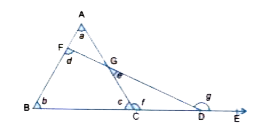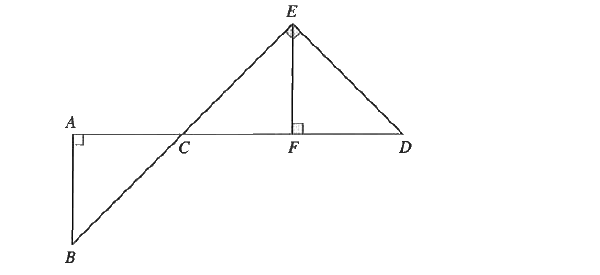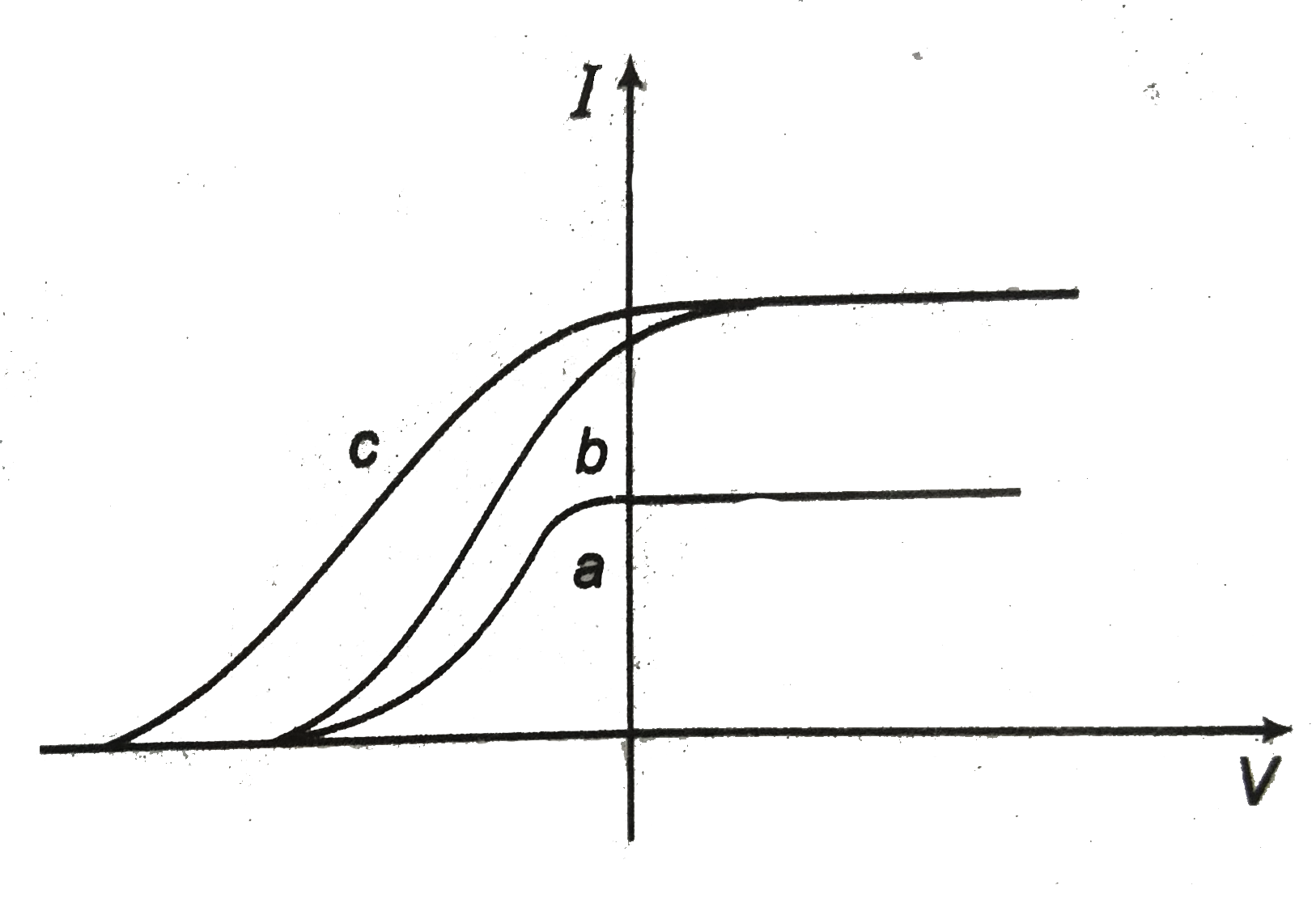In the given figure . Which of the following are non collinear points ?
L and E
(b) F.L and G
( c ) I. E and H
(d) F.L and E

L and E
F.L and G
I. E and H
F.L and E
The correct Answer is:d
Step by step video & image solution for In the given figure . Which of the following are non collinear points ? L and E (b) F.L and G ( c ) I. E and H (d) F.L and E by Maths experts to help you in doubts & scoring excellent marks in Class 6 exams.
Updated on:21/07/2023Similar Questions
Use the given figure to express :
(i) a in terms of b and f,
(ii) e in terms of f and g,
(iii) d in terms of a and e,
(iv) c in terms of e and g.

View SolutionIf U={a,b,c,d,e,f,g,h}, find the complements of the following sets :(i) A={a,b,c} (ii) B={d,e,f,g] (iii) C={a,c,e,g} (iv) D={f,g,h,a)
View Solution
Knowledge Check
In the figure below, A, C, F and D are collinear, B, C and E are collinear, and the angles at A, E, and F are right angles, as marked. Which of the following statements is NOT justifiable from the given information?
 AAB↔ is parallel to EF↔B¯¯¯¯¯¯DE is perpendicular to ¯¯¯¯¯¯BEC∠ACB is congruent to ∠FCED¯¯¯¯¯¯CE is congruent to ¯¯¯¯¯¯ED
AAB↔ is parallel to EF↔B¯¯¯¯¯¯DE is perpendicular to ¯¯¯¯¯¯BEC∠ACB is congruent to ∠FCED¯¯¯¯¯¯CE is congruent to ¯¯¯¯¯¯ED
If U={a,b,c,d,e,f,g,h}, find the complements of the following sets :(i) A={a,b,c} (ii) B={d,e,f,g] (iii) C={a,c,e,g} (iv) D={f,g,h,a)
View SolutionIn which of the following differential equation degree is not defined? (a) ( b ) (c) (d)(( e ) (f) d^(( g )2( h ))( i ) y)/( j )(( k ) d (l) x^(( m )2( n ))( o ))( p ) (q)+3( r ) (s)(( t ) (u) (v)(( w ) dy)/( x )(( y ) dx)( z ) (aa) (bb))^(( c c )2( d d ))( e e )=xlog( f f )(( g g ) (hh) d^(( i i )2( j j ))( k k ) y)/( l l )(( m m ) d (nn) x^(( o o )2( p p ))( q q ))( r r ) (ss) (tt) (uu) (vv) ( w w ) (xx) (yy)(( z z ) (aaa) d^(( b b b )2( c c c ))( d d d ) y)/( e e e )(( f f f ) d (ggg) x^(( h h h )2( i i i ))( j j j ))( k k k ) (lll)+( m m m ) (nnn)(( o o o ) (ppp) (qqq)(( r r r ) dy)/( s s s )(( t t t ) dx)( u u u ) (vvv) (www))^(( x x x )2( y y y ))( z z z )=xsin( a a a a )(( b b b b ) (cccc) d^(( d d d d )2( e e e e ))( f f f f ) y)/( g g g g )(( h h h h ) d (iiii) x^(( j j j j )2( k k k k ))( l l l l ))( m m m m ) (nnnn) (oooo) (pppp) (qqqq) ( r r r r ) (ssss) x=sin(( t t t t ) (uuuu) (vvvv)(( w w w w ) dy)/( x x x x )(( y y y y ) dx)( z z z z ) (aaaaa)-2y (bbbbb)),|x|<1( c c c c c ) (ddddd) (eeeee) (fffff)(ggggg)x−2y=log((hhhhh)(iiiii)(jjjjj)(kkkkk)dylllll((mmmmm)dx)(nnnnn)(∞∞o)(ppppp))(qqqqq) (rrrrr)
View SolutionIn Figure, A, B, C and D, E, F are two sets of collinear points. Prove that AD∣∣CF
View SolutionThe figure shows the variation of photocurrent with anode potential for a photosensitve surface for three different radiations. Let la,lbandlc be the curves a, b and c, respectively

(a) fa=fbandla≠lb (b) fa=fcandla=lc
(c ) fa=fbandla=lb (d) fb=fcandlb=lc
View SolutionIn the given figure, if AB || CD and CD || EF, find ∠ACE.
View SolutionIf in two triangles ABC and DEF , ∠A=∠E, ∠B=∠F , then which of the following is not true? BCDF=ACDE (b) ABDE=BCDF (c) ABEF=ACDE (d) BCDF=ABEF
View SolutionTwo complementary angles are in the ratio 2:3. The measure of the larger angle is (a) (b)(c)(d)(e)60(f)0(g)(h)(i) (j) (b) (k)(l)(m)(n)54(o)0(p)(q)(r) (s) (c) (d)(e)(f)(g)66(h)0(i)(j)(k) (l) (d) (m)(n)(o)(p)48(q)0(r)(s)(t) (u)
View Solution
